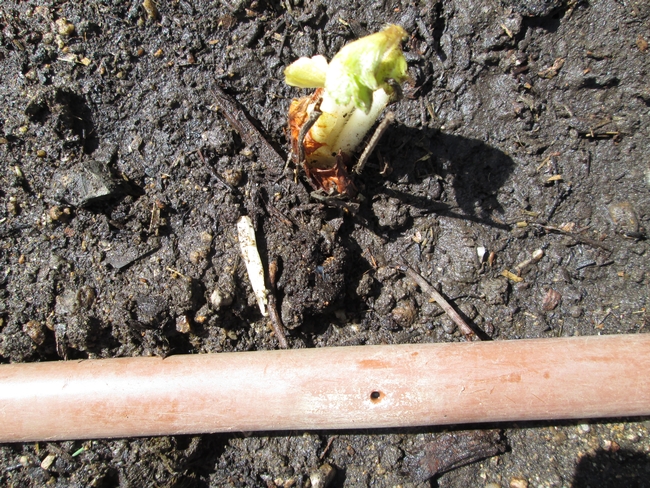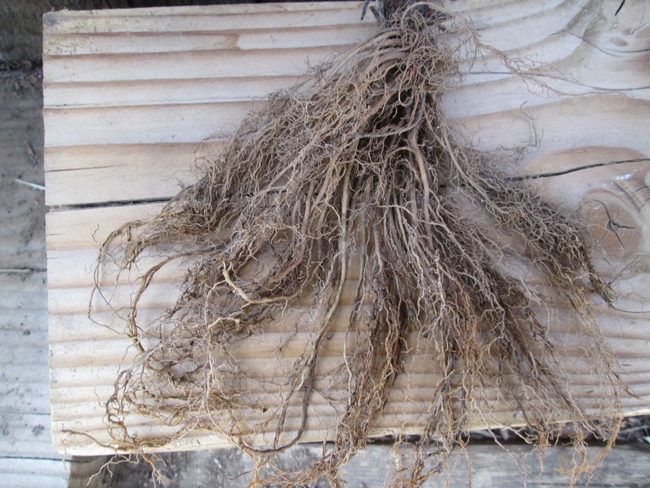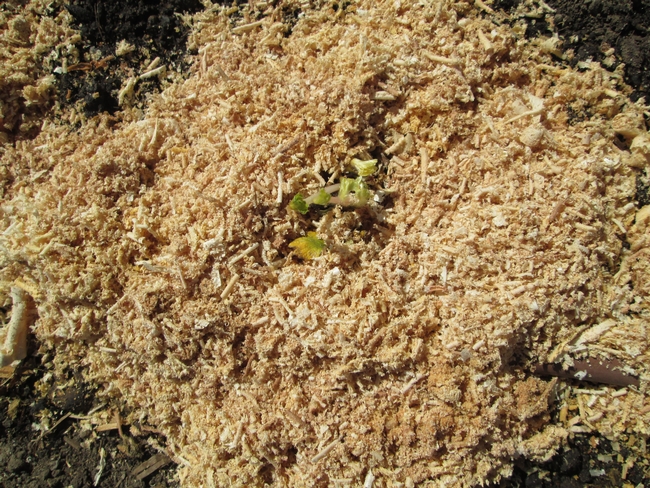
Everbearing, or daylight neutral, bare-root strawberries become available for planting at this time of year. Successful growing is dependent on careful soil preparation.
They need a sunny position in slightly acidic, well-drained soil with a lot of organic matter, and regular irrigation. If you cannot provide these it is best to grow them in containers.
Dig the soil some weeks before planting and be meticulous in removing any perennial weeds such as Bermudagrass, dandelions or bindweed since once planted the strawberries will produce undisturbed for about 3 years. Incorporate plenty of compost, leaf mold, or organic soil amendments.
Because it has been such a dry winter this year, I ran the drip irrigation a few times prior to planting. This has the advantage of settling the dug soil, enabling me to spot any clogged emitters and also to see the pattern and extent of moist soil around each emitter.
This year I planted 'Seascape' in a slightly raised bed (the result of adding compost). The plants were just breaking dormancy, and each had a mass of roots about 8” long. I put the roots in a bucket of water while I dug the planting holes. I then dug a v-shaped hole beside each emitter deep enough to easily accommodate the roots and wide enough to take the roots well fanned out along the dripper line so that they could take advantage of any moist soil. I added a teaspoon of slow-release organic fertilizer to the bottom of each hole and mixed it in well with the soil there.
The soil that I dug out of each hole was teaming with minute baby worms, and I worked quickly so as to return them as quickly as possible before they dried out.
When planting, I placed the roots in the hole, fanned out as described, and gently backfilled, making sure that the crown of each plant (where the roots and top growth meet) was level with the surrounding soil. This is really important because if it is below soil level it will rot, and if planted too high the roots dry out.

I also made sure that the crown was clear of the irrigation tubing by about 1.5” since that can get extremely hot in the sun and would burn the crown if it came in contact with it.
Holding the base of the crown in the correct position and at the correct level I watered the soil around the plant to settle the soil around the roots, topping up any low spots.
I then mulched around each plant with a generous amount of sawdust/wood shavings which, although of little nutritional value, will retain moisture and keep the soil at a more even temperature.
For further reading on how to grow Strawberries in California: https://cagardenweb.ucanr.edu/Berries/Strawberries/


